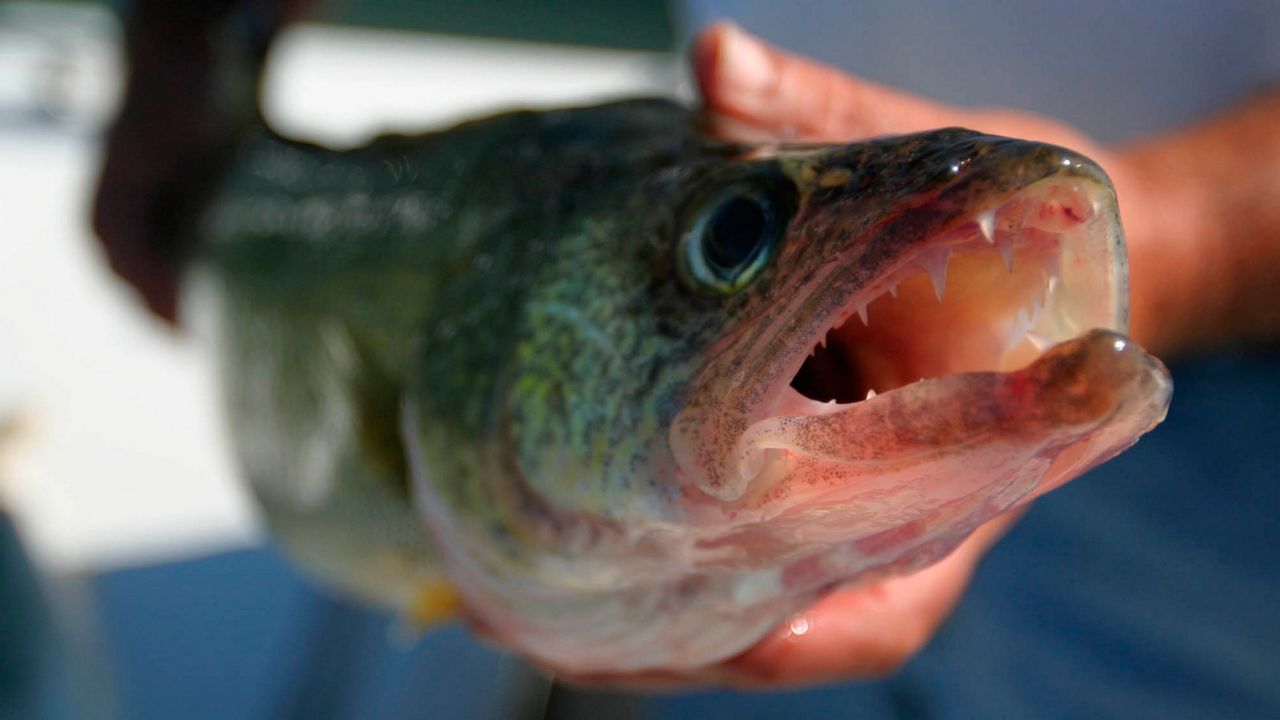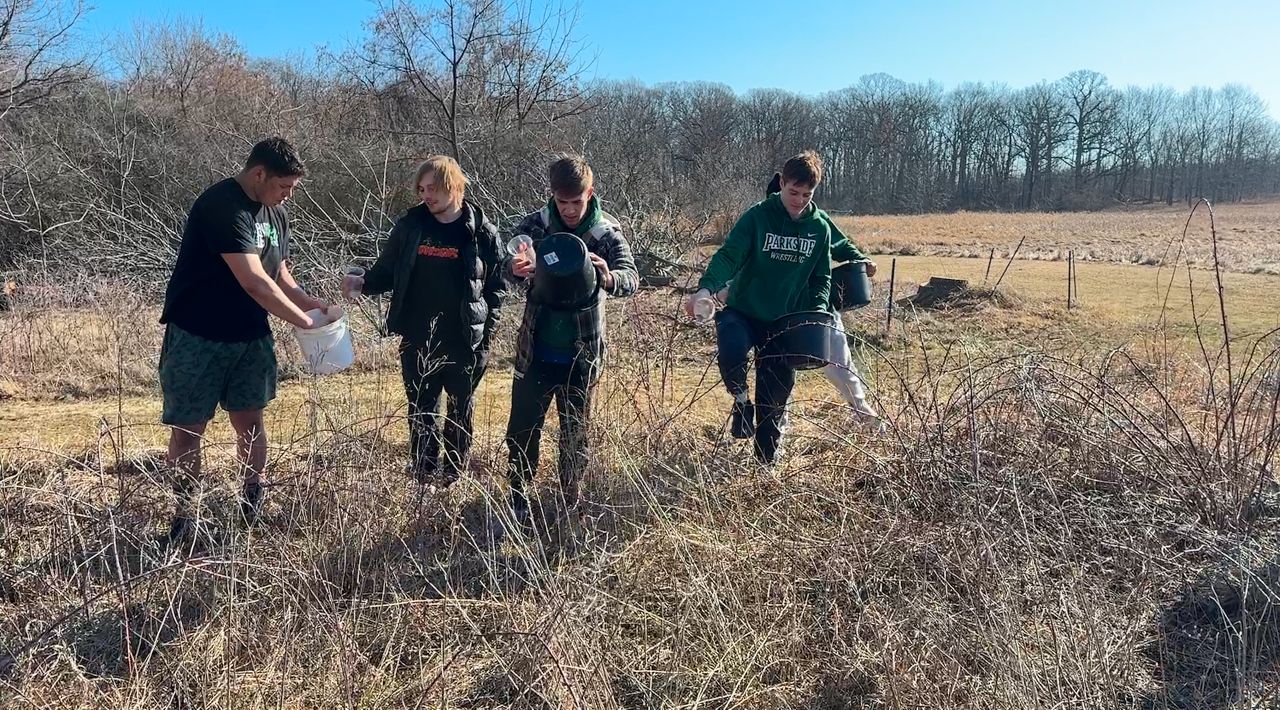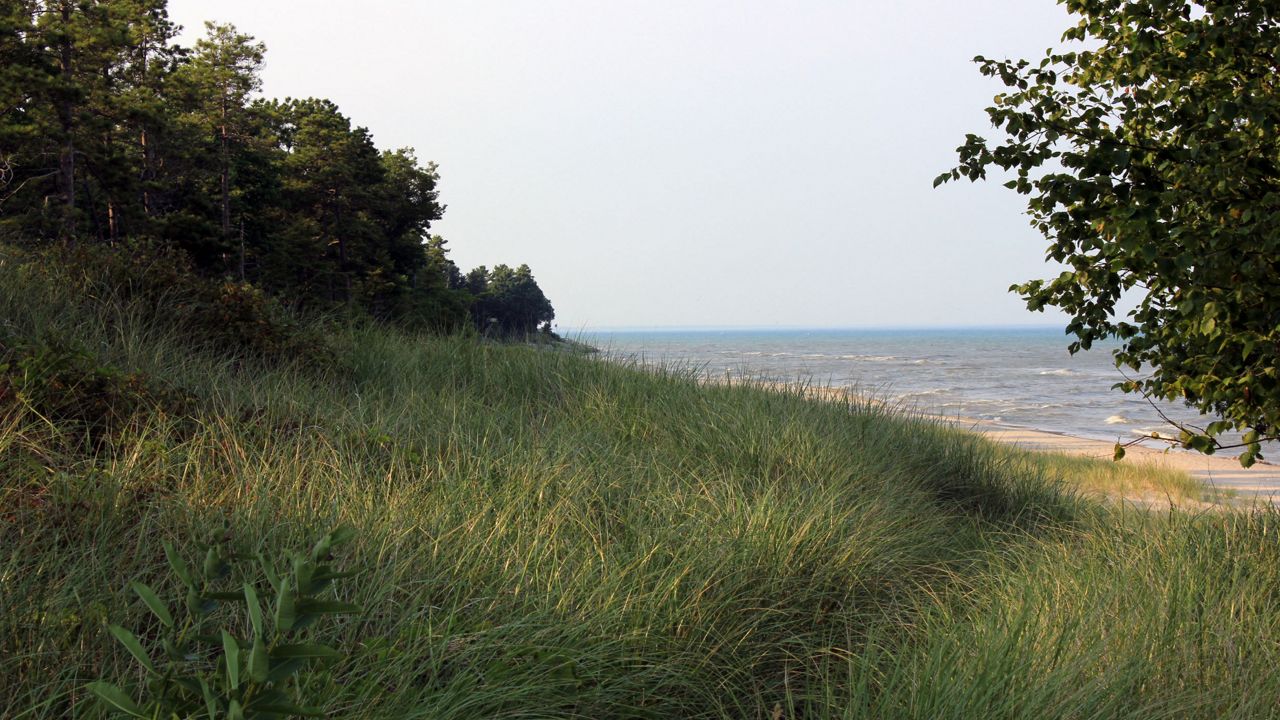MADISON, Wis. — As the seasons changes at a faster rate, one iconic species of freshwater fish is struggling to keep up.
A new University of Wisconsin-Madison study found that walleye are being threatened due to warming waters.
The species historically mates and lays their eggs around the thawing of lakes each spring. This helps set baby fish up for success once they hatch.
But as ice melts away earlier and at varying rates, they can’t keep up, according to the study’s lead author and UW-Madison research technician Martha Barta.
“Climate change is interrupting the historical pairing of ice-off and walleye spawning, and that threatens the persistence of walleye populations across the Upper Midwest,” said Barta.
For the study, Barta and her colleagues gathered walleye population data that spanned 194 lakes across Minnesota, Wisconsin and Michigan. What they found was that almost every single lake had “mismatches” in the ice-off periods and walleye spawning.
Spawning had shifted earlier in the spring; however, ice-off dates shifted at a rate that was three times faster.
That’s a problem because this throws off a vital component of the walleye’s key to survival, according to researchers.
“In an average ice-off year, you have this nice progression of events,” said Zach Feiner, a fisheries scientist with both the UW–Madison Center for Limnology and the Wisconsin Department of Natural Resources. “The ice goes off, you get light and warmer water that creates a bloom of small plant life called phytoplankton. And then tiny animals called zooplankton emerge and eat the phytoplankton, and usually, the walleye spawning is timed for them to hatch when zooplankton are around in high abundance and can serve as fish food for the baby walleye.”
Now, Feiner said the timing is off.
“When the fish hatch, there aren’t enough zooplankton around, and walleye don’t have enough food to survive,” said Feiner.
Normally, that wouldn’t be a problem on any given year, but as thaws continue to vary in the spring, the number of “bust years” for reproducing is increasing.
“…we’re not seeing many or any boom years for a lot of walleye populations,” said Feiner.
Researchers said this shows the importance of identifying and protecting lakes that can offer the species some refuge during the bad years.
The study also throws into question what the fluctuating winters might mean for other fish species. Feiner said many other “sportfish species,” such as perch, pike, bass, bluegill and muskies spawn in the springtime too. Researchers said they hope to look into the effects on these species.








